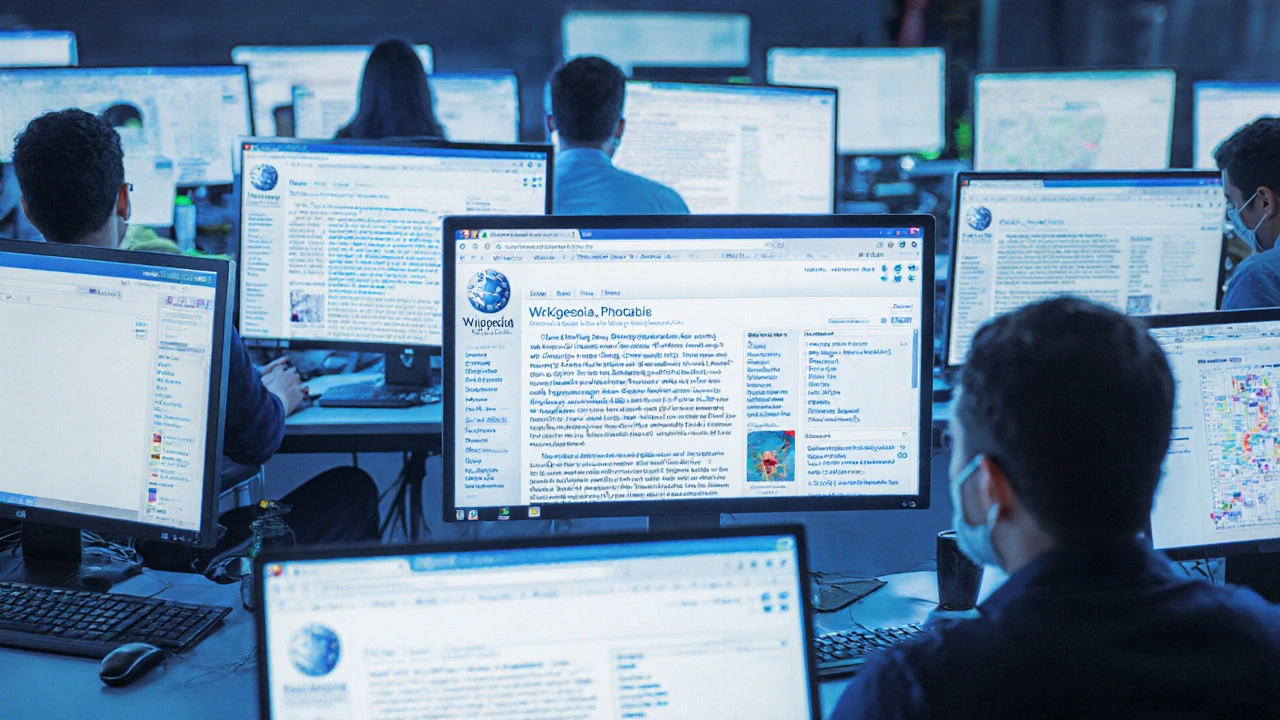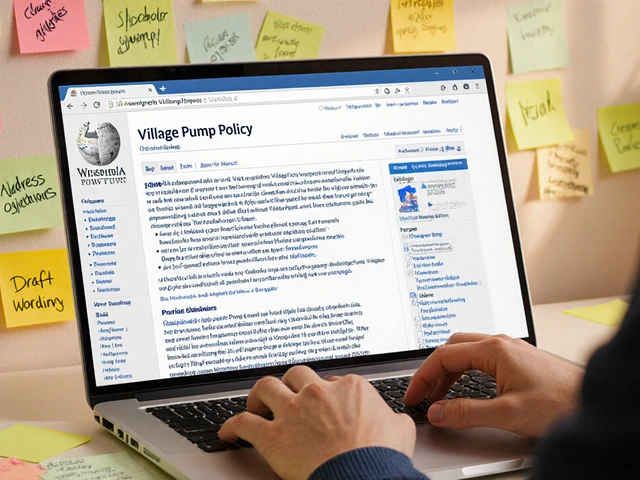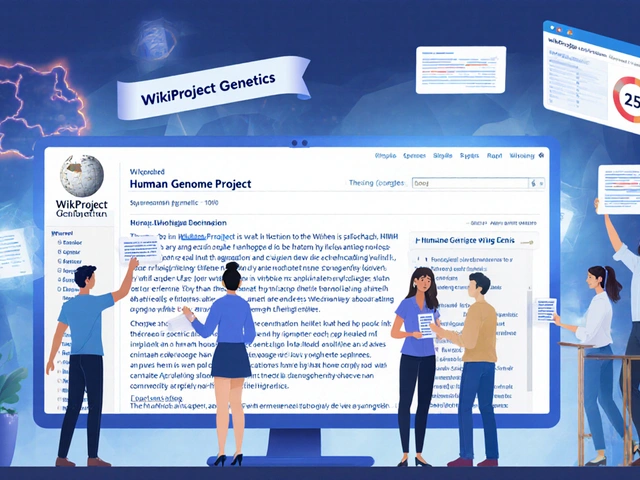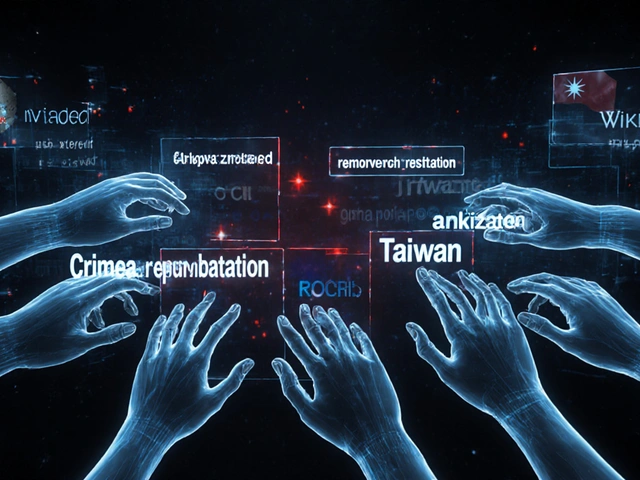Wikipedia crisis coverage: How the encyclopedia handles breaking news and controversy
When a major event hits — a natural disaster, a political scandal, a global health emergency — people turn to Wikipedia crisis coverage, the real-time, community-driven response system that updates Wikipedia articles as events unfold. Also known as live encyclopedia editing, it’s not a feature you turn on — it’s what happens when thousands of volunteers drop everything to verify facts, cite sources, and fight misinformation before it spreads. Unlike automated systems or corporate newsrooms, Wikipedia doesn’t wait for press releases. It reacts. And it does so with rules: no speculation, no unverified claims, no opinion. Just what reliable sources say — and nothing else.
This system depends on Wikipedia talk pages, the behind-the-scenes discussion spaces where editors debate sources, resolve conflicts, and build consensus, and on reliable secondary sources, the vetted books, journals, and major news outlets that give Wikipedia its authority. When a breaking story lacks good sources, articles stay blank or get tagged with warnings. That’s not a flaw — it’s the point. Wikipedia’s credibility comes from restraint. You won’t find hot takes here. You’ll find what’s been confirmed, cited, and agreed upon by people who care more about accuracy than speed.
During crises, the pressure spikes. Editors face coordinated disinformation campaigns, copyright takedown threats, and even off-wiki harassment. Yet the system holds because of watchlist power, the daily habit of active editors tracking changes to high-traffic pages, and tools like The Signpost, Wikipedia’s volunteer-run newspaper that tracks community decisions, not viral trends. These aren’t flashy tools. They’re quiet, persistent, and built by people who show up — day after day — even when no one’s watching.
What you’ll find in this collection isn’t just stories about Wikipedia during emergencies. It’s the blueprint of how knowledge survives chaos. From how photographic evidence gets verified under pressure, to how editors handle disputed news content when emotions run high, to why AI encyclopedias still can’t match Wikipedia’s transparency — every article here shows the human machinery behind the screen. This isn’t about Wikipedia being perfect. It’s about how a global group of strangers built something that works — and keeps working — when the world needs it most.
WikiProject COVID-19: How Wikipedia Built Coordinated Crisis Coverage During the Pandemic
WikiProject COVID-19 turned Wikipedia into the world’s most trusted real-time source for pandemic information. Learn how volunteers, not experts, built coordinated, accurate coverage using structure, transparency, and global collaboration.







